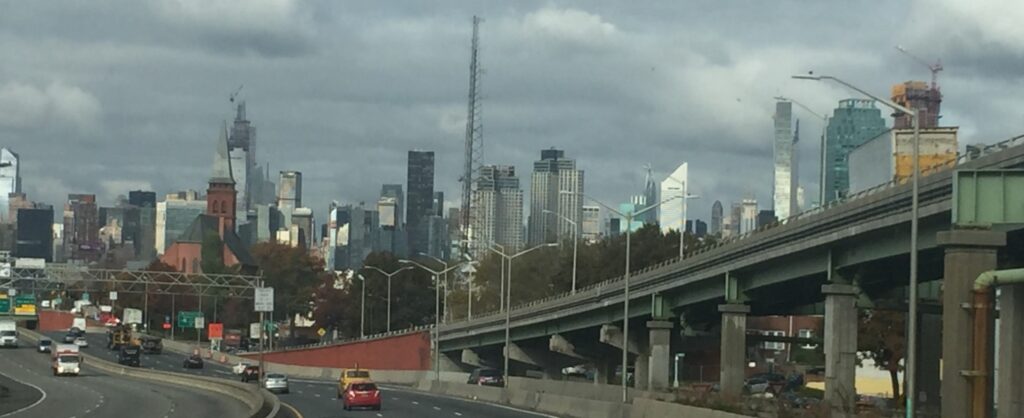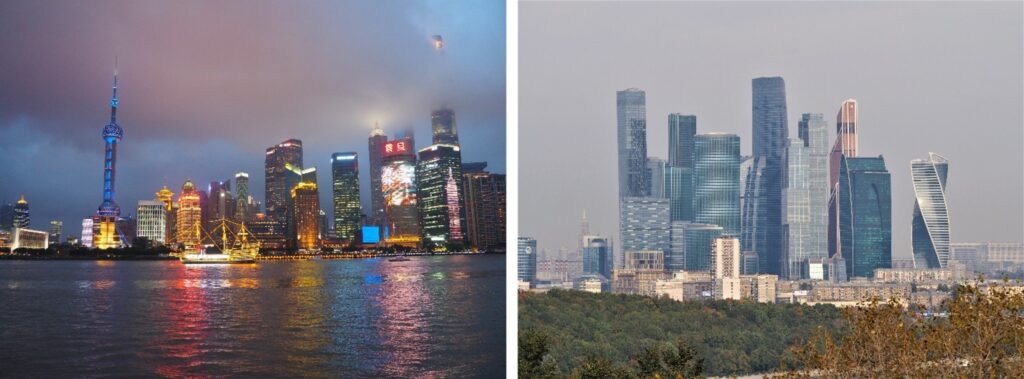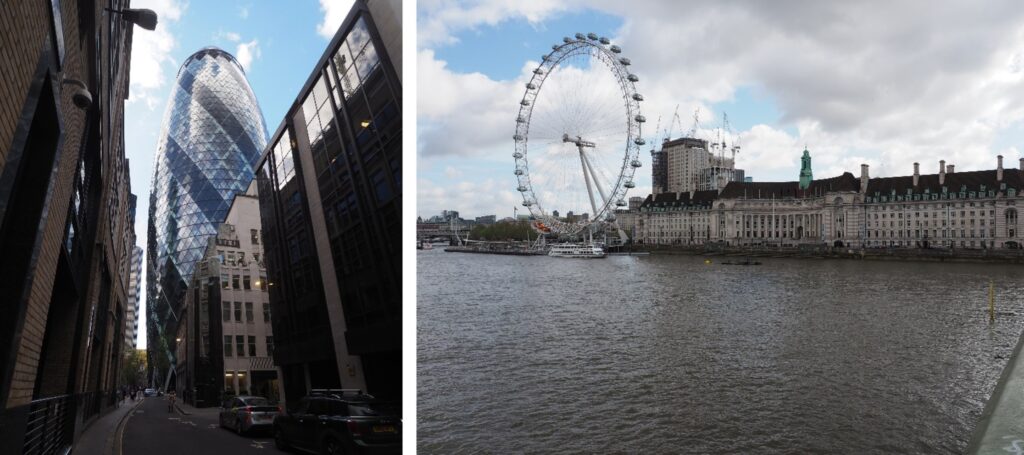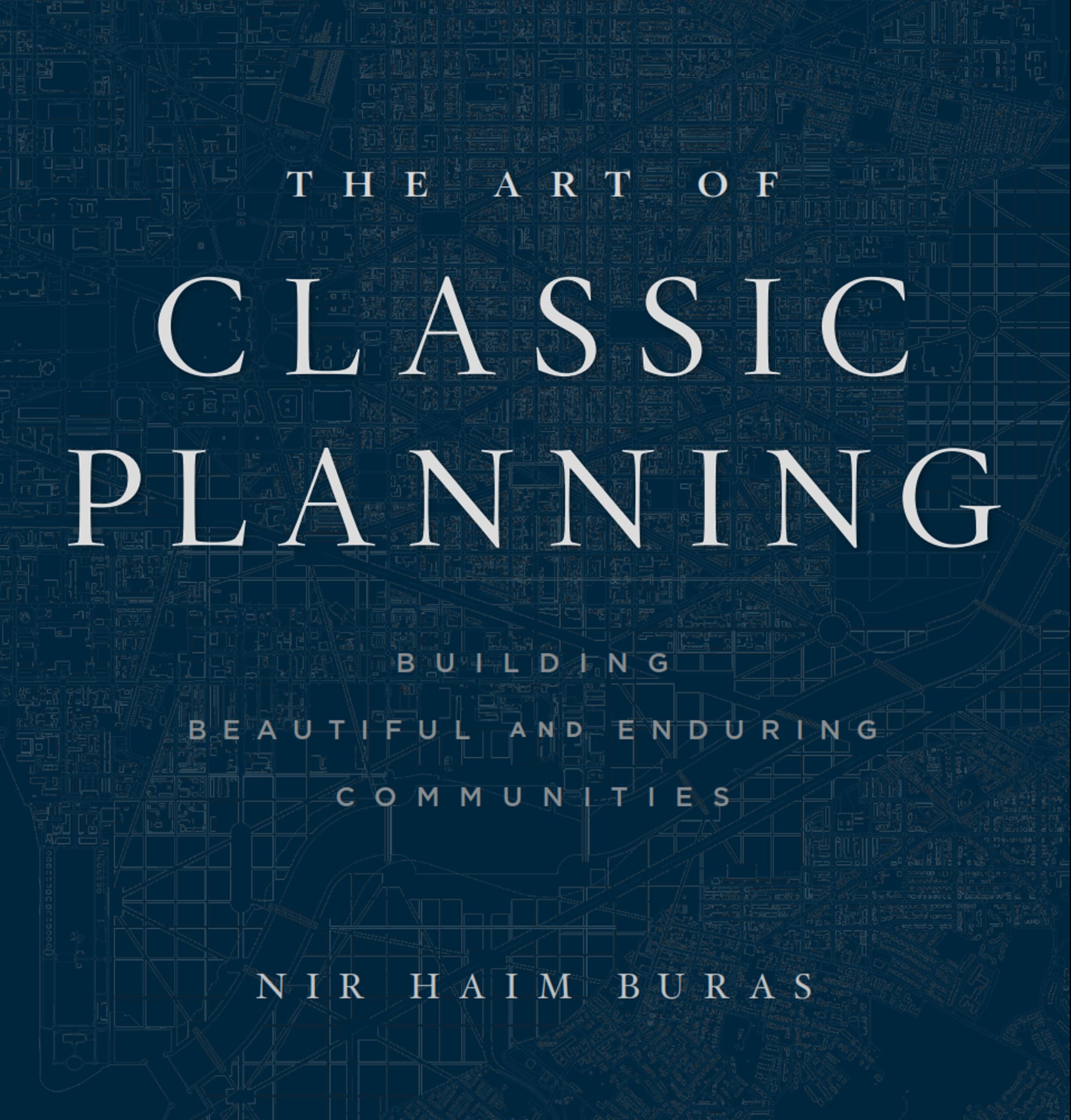
Why are so many modern buildings ugly? James Stevens Curl knows why
As New York loses its character to yet more steel and glass, we realize that perhaps 99% of all architecture and urbanism since World War Two has been Modernist. Indeed, the Modernist movement has dominated the world, inculcating us architects with ideas such as the absolute need for innovation and an almost pathological search for design uniqueness. We were made to believe that was produced “in our time” could never resemble what came before.
We were told that our work symbolized evolutionary progress, that transparent glass walls, unornamented open spaces, and new technology would bring the light of day to the darkest recesses of existence. Not a city exists that does not crave a skyline of gleaming skyscrapers. Virtually none has been spared the touch of Modernist planning. Modernism has won its struggle on a well-advertised platform of open-mindedness and open-endedness.

But was that a lie? James Stevens Curl’s insolent, shocking book Making Dystopia: The Strange Rise and Survival of Architectural Barbarism documents “blow by blow” how Modernism sprang from the PTSD-soaked cultural responses to, first, the First World War, and then the Second World War and the Holocaust.
From the late 1940s, countless young people were trained to build a Brave New World. In retrospect, the effort was wholly successful.
However, abandoning the accumulated knowledge and expertise of traditional design, construction, and ornament—that architects everywhere used until World War Two—appears to have possibly been too high a price for mere novelty.

We are paying dearly in environmental degradation, human physical and mental distress, and far worse problems in cities than they had a hundred years ago.
While Modernists like Gropius and Taut were funded by the German glass industry, and General Motors funded the 1939 Futurama exhibit that inspired the total de-pedestrianization of downtowns and ubiquity of concrete freeways and sprawl, well-loved architects such as C.R. Mackintosh, L.H. Sullivan, C.F.A. Voysey, O. Wagner, A. Gaudí and F.L. Wright wanted nothing to do with International Modernism.
While the latter were pulled, dead or alive, into the narrative of pioneers of modern design, Gropius’s misogyny, the cultish ambience of the Bauhaus, Mies van der Rohe’s ingratiating himself with the Nazis, Le Corbusier’s flagrant fascism; and the antisemitism of all three, particularly against their Jewish colleagues drove the machine.

Admittedly, in reaching for innovation and striving to be of our time, architects like Foster, Piano, and Rogers may be said to have abandoned aesthetics in the name of supposed utility.
Maybe we let go replaced humanism with artistic expression as the work of Hadid, Libeskind, and Diller may be said to evoke.
Fortunately, society has unimaginative technocrats to blame for canyons of glass, dysfunctional inner cities, pollution, traffic, and sprawl. While the cement and glass environments they produce in increasingly strange-looking buildings may be surprising to the layman, those who have accepted the credo of Modernism know that its practitioners must practice in such manners, and that there is no alternative.
As we currently parametricize, make peculiar, and insist on strangeness across the dance-floor of building design, society does not think architects have its best interest at heart. In fact, society is building around them a growing wall of committees and boards, increasingly prescriptive and lengthy standards and codes, and other regulations to protect itself from what architects produce.

It is not courage to denounce Curl’s Making Dystopia as some kneejerk reviewers have. Mock it as a reactionary jeremiad at your own risk. Like all fundamentalisms, Modernism, a movement flailing victimhood at enemies it has long ago vanquished is a movement with nowhere to go.
It is courage to accept genuine architectural pluralism in place of purified fundamentalism. It is courage to readmit beauty into the dialog and protect it from the right-wing agenda. It is courage to step out of our glass-and-steel straightjacket and reach out to grace, charm, and genuine authenticity. It is courage to focus less on toeing the establishment’s Modernist style, and more on what we are doing to cities and people.

Curl’s Making Dystopia is a wake-up call to architects and urbanists to reexamine what we hold true in light of the dystopias we claim as our heritage in the making. Every committed architect and urbanist interested in the roots of their profession needs to read Curl’s book now. “If not us, then who?” “If not now, then when?”
WELCOME!
Get In Touch
Please get in touch with us
to discuss your requirements.
Please get in touch with us
to discuss your requirements.
